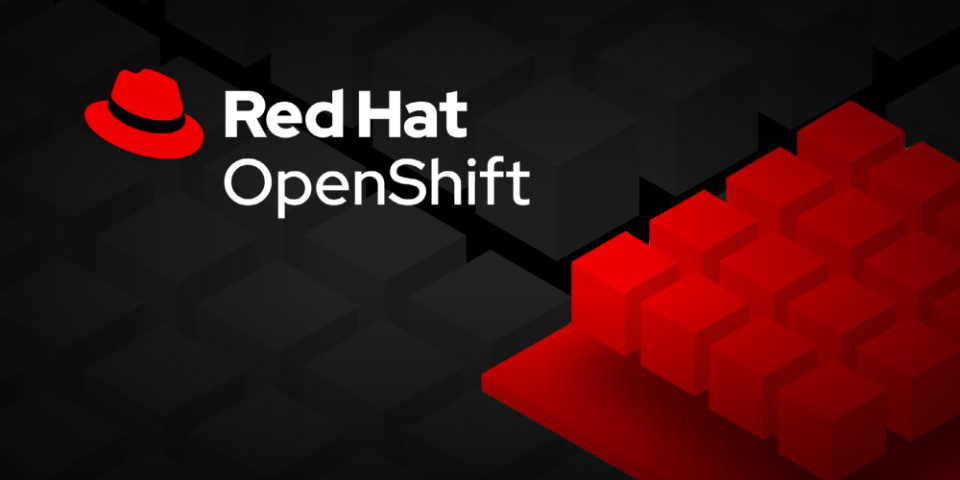 CLOUD
CLOUD
 CLOUD
CLOUD
 CLOUD
CLOUD
IBM Corp.’s Red Hat subsidiary today announced new certifications and features for Red Hat OpenShift, its on-premises version of the Kubernetes service for managing the portable software environments called containers.
Announcements include certification of OpenShift with Nvidia Corp.’s AI Enterprise 2.0 and the general availability of Red Hat OpenShift 4.10. Noting that Gartner Inc. has said artificial intelligence software revenue will grow more than 21% in 2022, to $62.5 billion.
Red Hat said it’s aiming to make it easier for organizations to add AI workloads to OpenShift. Integration with the Nvidia AI Enterprise suite, which is Nvidia’s flagship AI platform, enables data scientists and developers to quickly train models and build them into applications more quickly and at scale, Red Hat said.
OpenShift is now also supported on the Nvidia DGX A100 server, a high-performance compute system built for AI workloads. In addition, OpenShift’s integrated DevOps and GitOps capabilities enable machine learning operations to speed up the continuous delivery of AI-powered applications. OpenShift is also now available on Nvidia’s LaunchPad private compute infrastructure tailored for AI workloads and Nvidia virtual graphics processing unit support for OpenShift Virtualization is available as a technology preview
The new version of OpenShift adds support for more public clouds and hardware architectures. Installer-provisioned infrastructure support allows for one-click installation of OpenShift on Microsoft Corp.’s Azure Stack Hub and IBM Corp.’s cloud. Support for Alibaba Group Holding Ltd. cloud is also available as a technology preview.
OpenShift will also now run on low-powered Arm processors either through full-stack automation installer-provisioned infrastructure for Amazon Web Services or user-provisioned on bare-metal infrastructure.
The new release includes three new operators that let users check their clusters for compliance and remediate some security issues. The compliance profiles include the Payment Card Industry Data Security Standard used for credit card processing, the North American Electric Reliability Corporation Critical Infrastructure Protection for bulk electric system operators and the FedRAMP Moderate impact level standard for cloud computing security in federal government agencies.
The new version also makes sandboxed containers generally available. These provide an optional additional layer of isolation for workloads with stringent application-level security requirements.
Finally, installation and maintenance of OpenShift in disconnected or air-gapped settings has been simplified, enabling organizations. The goal is to maintain updated mirrors of OpenShift images as if they were a connected cluster.
THANK YOU